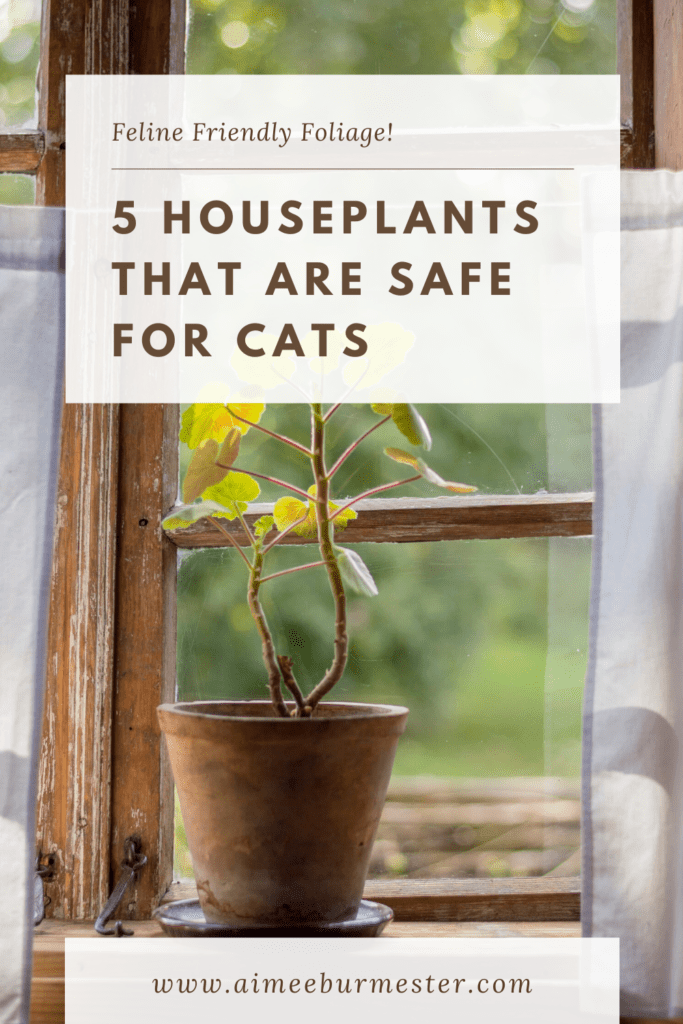
Easy cat safe plants how to#
RELATED: How To Propagate A Snake Plant: What You Need To Know Blue Echeveria (Echeveria Secunda) Photo Creditīlue echeveria is a succulent native to semi-desert regions of Central America, Mexico and northwestern South America. To grow this plant, you need to provide high humidity, a uniform temperature of 60 to 75 F throughout the year and indirect sunlight. When the leaves are folded in the evening, they show their purplish-red back. Its spectacular, elongated leaves with a wavy edge have a striking pattern of the dark markings on the light green leaf blade. Like other plants in this family, the Rattlesnake prayer plant is safe for cats and dogs since it is not toxic.

The Rattlesnake plant is a leafy perennial native to the Brazilian rainforest that grows up to 30 inches in height and the same width. The Rattlesnake plant, previously known as Calathea lancifolia, belongs to the large family of Marantaceae, which are plants from tropical climates also known as Prayer plants due to the folding of leaves in the evening and their reopening with the first rays of the morning sun. Yet, since Tillandsia is safe for cats, even if they bite their leaves a few times, it will not harm cats or plants, provided they do not damage it too much! Rattlesnake Plant (Goeppertia Insignis) Photo Credit

Yet, of course, you will not water them but mist the leaves every day to provide more humidity in the room with dry air.Ĭurious as they are, cats will show interest in these unusual plants, especially if they hang on wire constructions. The air plants need bright indirect sun, and they love humidity. Everything it needs Tillandsia gets through its leaves, covered by trichomes (hairs). It has a root, but it does not serve to take nutrients from the ground but only to attach to the host.

Namely, Tillandsia grows attached to other plants, stones, or objects. This genus from the family Bromeliaceae includes about 650 epiphytic species that grow on other plants and do not need soil! Unique in the plant kingdom, air plants or Tillandsia are beauties that are hard to resist but easy to grow. The Christmas cactus plant easily adapts to indoor conditions and, most importantly, is harmless to cats or dogs. Usually, the flowers are pink, red, or purple, but many varieties bloom in other colors and shades. The spreading, bright green branches of the Christmas cactus can grow up to two feet, and since they do not grow upright but descend, this plant is ideal for growing in hanging jars.Įach of the flowers can reach a size of up to two inches. New leaves and buds emerge from the old ones, the last row. The stem of the Christmas cactus consists of several flat and serrated pieces or segments that grow fast. It belongs to the group of so-called segmented cacti that originate from South America. The Christmas cactus got its name because it blooms in late autumn and winter. Christmas Cactus (Epiphyllum Truncatum) Photo Credit To make your choice easier, below we bring you a list of 13 cat-safe plants that are non-toxic and you can easily find, are easy to grow, and yet will enrich your home with greenery. Therefore, as responsible pet owners, fill your home with non-toxic indoor plants that are safe for your four-legged furry friend, even if it bites or swallows one of the leaves! 11 Easy Cat Safe Plants

These images only serve for inspiration and cannot be copied (images or the designs) for personal use. Photo Disclaimer – Images used in this article are owned by the respective individuals, artists, or other parties who post on their private social media accounts. Unfortunately, many popular houseplants whose beauty we admire are potentially dangerous to pets and can lead to serious health problems if they reach their digestive tract. 2.4 Q Are snake plants toxic to cats? Photo Credit


 0 kommentar(er)
0 kommentar(er)
